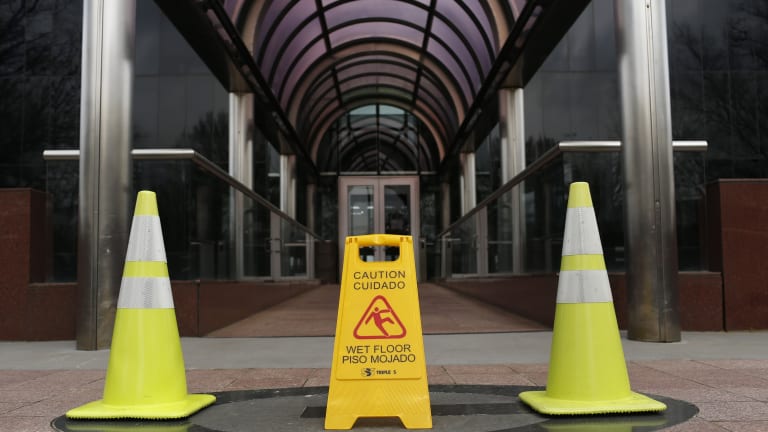
The Players' Return to Campus Gives College Football Fans A Ray of Hope

I have a confession to make.
Back in April, when people asked me if there would be a 2020 college football season, the best answer I could give was “50-50.” I have always been a glass-half-full kind of person and just would not let my mind go to a place where this damned virus would wipe out the entire season.
I went to my first college football game in 1965 when I was 12 years old. The game has been a big part of my life ever since. I simply cannot imagine a Fall without college football. And it has faced a number of difficult challenges:
There were college football games in 1918, when the Spanish Flu killed 675,000 people in the United States and 50 million worldwide.
College football was played during World War II when some of its best players were in the service.
College football was played just 10 days after the attacks of 9/11/2001.
LSU had to bounce back from two hurricanes (Katrina and Rita) to play its first home game in 2005 on a Monday night in Baton Rouge. Despite the hardship a crowd of 91,986—the eighth largest in school history—turned out.
No matter the challenge, college football has always found a way to be played. In difficult times—and we’re certainly going through some of the most difficult times now--college football has always been a part of the healing/coping process. It is tough sport played and coached and watched by tough people.
But this time, folks, I was worried. Really worried.
That’s why Friday was a good day. A very good day. The SEC’s presidents and chancellors met and decided that the league’s football players may start returning to campus on June 8 to begin voluntary workouts. Barring any setbacks, the 2020 season should be able to start on Aug. 29 as planned. That’s 98 days from now.
But make no mistake. What college football and those who manage it will have to do in the next six months is the greatest challenge the sport has ever faced. Every aspect of the game—on the field and off—must be scrutinized at a very high level to protect the players, coaches, and support staff. Their safety comes first.
And understand this: It is going to be very, very hard.
Example: There has been some early reporting that during the initial voluntary workouts on campus, a football will not be used because it might transmit the virus. Players will not be allowed to shower in the locker rooms after practice. They must shower in their apartments/dorms.
The weight rooms will have to be used in small groups and be completely disinfected after each use.
There will be testing. How much testing we don’t know right now.
There are going to be critics of this move to bring the players back early because there is, of course, an element of risk. The only option where there is no risk is to pack everything up and go home. College football is not ready to do that.
Despite the risks involved, there is something to be said for having the players in a controlled environment with some of the best doctors, trainers, nutritionists, and physical conditioning people in the world. If somebody gets sick there will be immediate treatment.
And if all goes well and there are games, how many fans—if any—will be in the stadiums? Ohio State athletics director Gene Smith said one model he’s looked at has 22,000 people in 102,000-seat stadium. So how’s that going to work?
But the question of fans is one that can be dealt with another time, after it’s proven that games can be played and the student-athletes can be kept safe under these kinds of restrictions.
Like I said: It’s a challenge for college football the likes of which we’ve never seen. But it is a challenge worth accepting.
Here’s wishing the best to all of those involved.
If you love college football, a prayer for the health of the players, coaches, and staff would not be out of line.